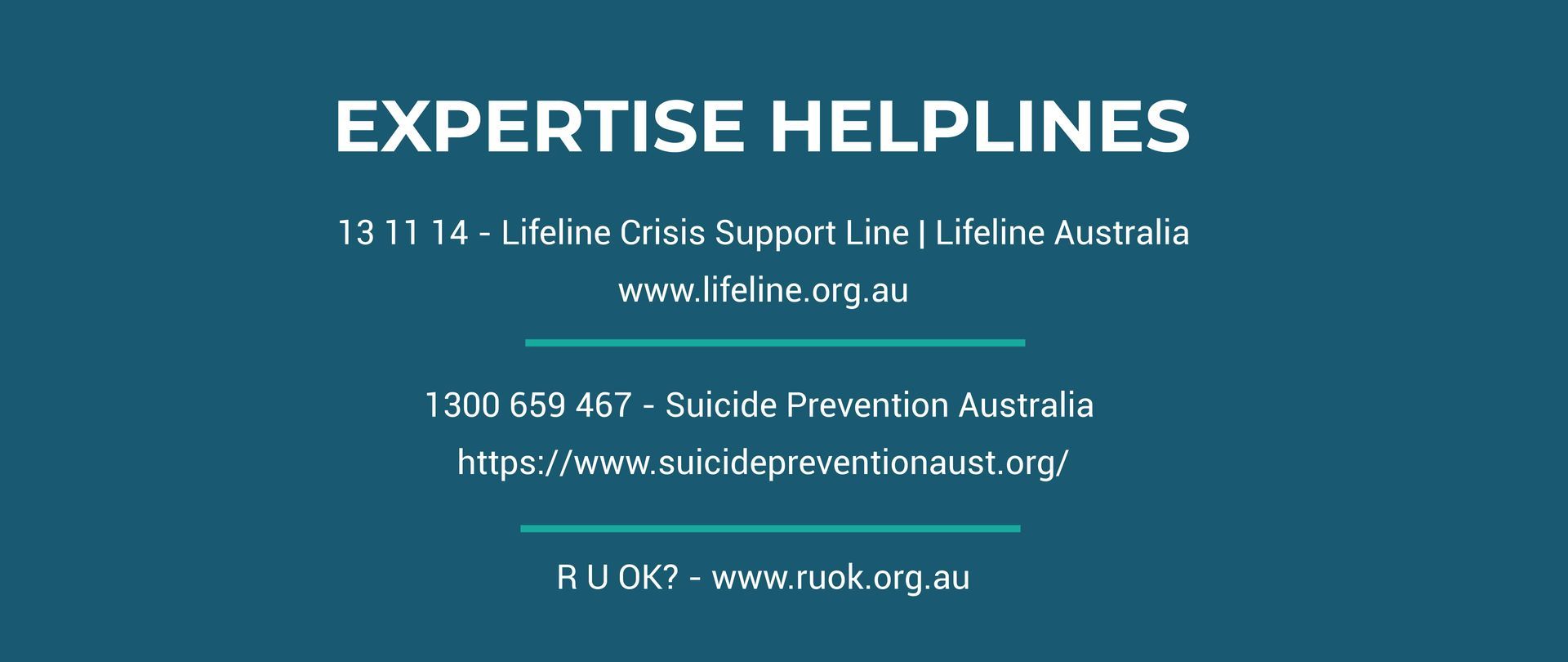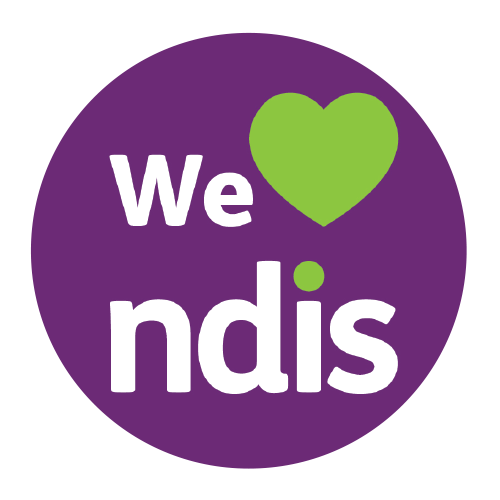Changing the Narrative on Suicide
World Suicide Prevention Day 2025:
Changing the Narrative on Suicide
Why World Suicide Prevention Day Matters
Each year, an estimated 720,000 people die by suicide worldwide. The impact is devastating — rippling through families, friendships, workplaces, and entire communities. Behind every statistic is a story, a life, and loved ones left behind. This reality reminds us why World Suicide Prevention Day (WSPD) matters.
On 10 September 2025, people and organisations across the globe will come together to mark WSPD under the theme: “Changing the Narrative on Suicide.” This year, the campaign is placing particular emphasis on accessibility, with resources translated into more languages so the message of hope can reach more people, in more places. As Professor Jo Robinson, President of the International Association for Suicide Prevention (IASP), shares: “Suicide prevention is a shared commitment that unites us across borders, cultures, and communities. As we continue our journey to change the narrative on suicide, let us ensure our message of hope and understanding reaches everyone — in every corner of the world.”
What Does “Changing the Narrative” Mean?
For too long, conversations about suicide have been surrounded by silence, stigma, and misunderstanding. Changing the narrative means shifting towards openness, empathy, and support. It’s about making suicide prevention everybody’s business — not just the responsibility of mental health professionals.
The movement calls us to action in several key ways:
- Raising awareness and understanding through open, compassionate conversations.
- Advocating for the decriminalisation of suicide and the development of national suicide prevention strategies.
- Taking action by checking in with loved ones, sharing stories, and participating in training.
- Ensuring that people in crisis areas have access to mental health care and protective support.
Ways You Can Get Involved in
World Suicide Prevention Day
1. Start a Conversation and Raise Awareness Online
A simple post using #WSPD can help challenge stigma and spread hope. Free resources, posters, and videos are available through organisations such as Suicide Prevention Australia, Lifeline, and the International Association for Suicide Prevention.
2. Raise Awareness at Work
Workplaces play a powerful role in shaping culture and supporting staff. Host an event, share resources with your team, or consider creating a wellbeing initiative that prioritises mental health in your workplace.
3. Reach Out to Someone
If you notice a friend, colleague, or family member struggling, reaching out can make all the difference. Asking “How are you really going?” might be exactly what they need to hear.
4. Listen Well
When someone shares their worries, listen without judgment. Don’t minimise their feelings or rush to provide answers. Sometimes, being heard is the most powerful form of support.
5. Rethink Attitudes Toward Mental Health
Reject harmful ideas like “just get over it” or “toughen up.” Encouraging openness shows people it’s safe to talk about their struggles and seek help when they need it.
6. Encourage People to Seek Support
Whether it’s through a GP, a counsellor, or a helpline, professional help can make a huge difference. Remind those around you that seeking support is a sign of strength, not weakness.

Why This Day Is So Important
Since its establishment in 2003 by IASP and the World Health Organization (WHO), World Suicide Prevention Day has been a moment each year to remember those lost to suicide, support those struggling or bereaved, advocate for systemic change, and inspire hope. While prevention work continues every day, WSPD gives us a chance to amplify our voices and unite in action.
Final Thought
On 10 September 2025, let’s come together — as families, communities, workplaces, and nations — to talk openly, listen compassionately, and challenge stigma. By changing the narrative on suicide, we can replace silence with understanding, despair with hope, and isolation with connection. Because prevention is possible, support is available, and every single life truly matters.






